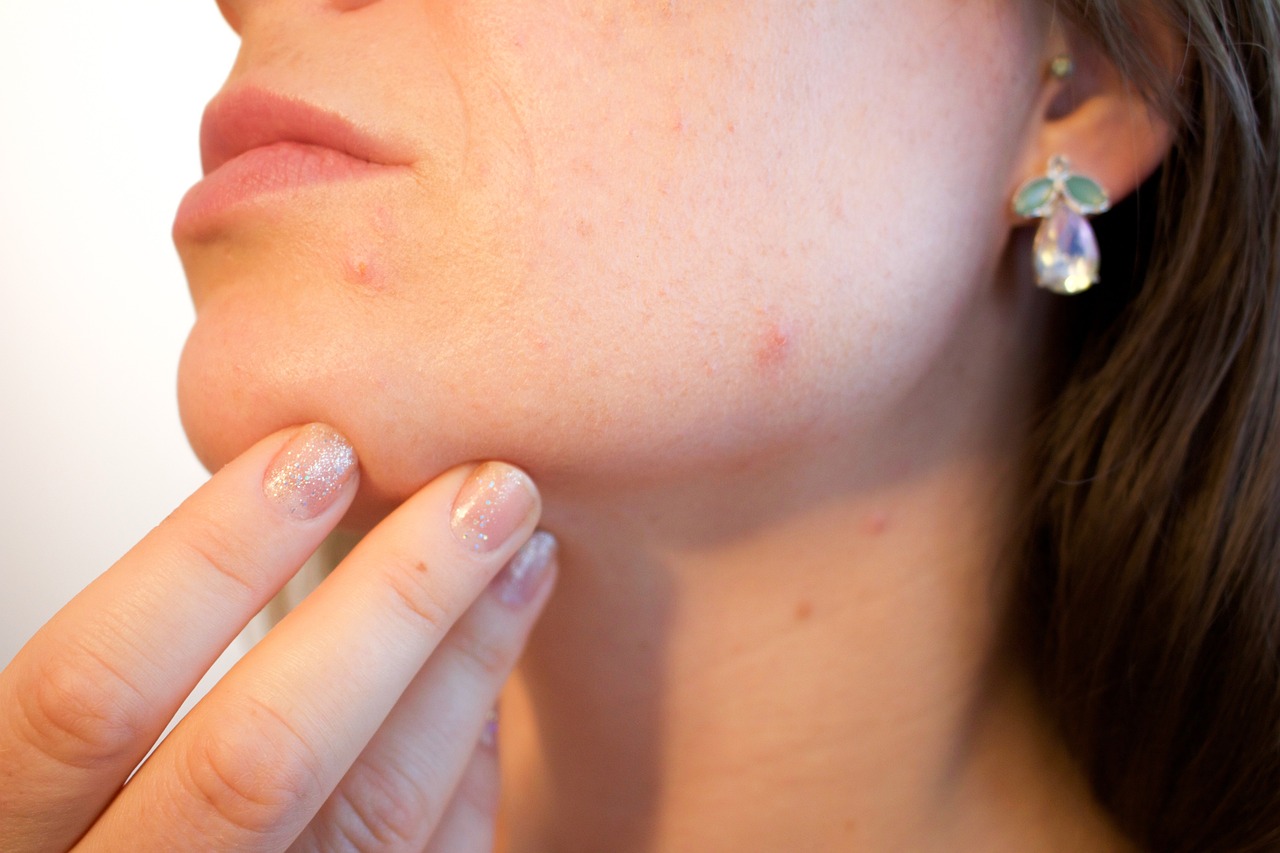Steroids and the Skin
Acne is by far the most common sign of steroid use, although not everyone who gets acne is using steroids. Other problems are far more common, including premature male-pattern baldness in young men and in women, excessive stretch marks on the skin and acne. One survey of powerlifters showed that 53% had acne, 47% had increased body hair, 27 % had a higher incidence of oily skin and hair and 20% had a loss of scalp hair. Steroids can worsen existing skin pathologies. Athletes being treated for acne often stop responding to normal treatment regimens if they also continue to use the drugs.
When it comes to steroid – related acne, oral and injectable forms are equally culpable. That kind of acne doesn’t always respond to routine medical treatment, and it may persist for an extended time even after an athlete stops using steroids. Athletes who continue to use steroids while undergoing treatment for acne often show a delayed healing response, which suggests that steroids play a potent role in causing acne.
Most Common Skin Diseases
Are among the most common skin diseases:
- sebaceous glands
- stretch-mark
- kleiods
- psioriasis
- familial angiolipomas
- hereditary coproporphyria
Interesting more about skin diseases and more? Our team of specialists will be happy to advise You, Go to the Forum and feel free, write your question in the appropriate section x-steroids.com/forum/viewtopic.php
Sebaceous glands
Glands in the skin – called sebaceous glands, which lubricates the skin. Just as using anabolic steroids leads to size increases, it also leads to growth of the sebaceous glands, which then produce more sebum. That combines with abnormal production of keratin in the skin to cause the formation of comedos. They are preacne lesions that contain larger amounts of skin lipids, including cholesterol and free fatty acids. Those fats are like a buffet for bacteria that is normally latent in the skin, and the bacteria thrive. Their banquet produces extremely inflammatory end products in the skin follicles, resulting in the inflammation characteristic of acne.
The stimulation of sebaceous glands can also cause other skin diseases, including rosacea, epidermoid cysts, seborrheic dermatitis and oily skin and hair.
Stretch Marks
While steroids encourage the growth of muscles throughout the body, the most dramatic increases are in the neck, chest, shoulders and upper arms. Those are also the areas where stretch marks are most common. Stretch marks show up when the expansion of the skin isn’t proportional to the increase of the size of the underlying muscle tissue. Steroids make them worse by interfering with the formation of collagen, a primary skin structural protein, leading to a loss of skin elasticity and thus a greater tendency toward stretch marks. While muscle size may recede when steroid use stops, the stretch marks remain. Various treatments are offered to limit stretch-mark formation, although there is no proven cure.
Keloids
Keloids are another type of scar tissue and are more common in people with darker than lighter skin. One study found increased keloid formation in bodybuilders and a hockey player who had used both injectable and oral anabolic steroids.
None of the athletes in that study had any previous history of keloid formation, and while the keloids remained on the skin after the athletes stopped using steroids, no new lesions developed. The keloids may be related to steroid-induced formation of excessive collagen in the skin; keloids are largely composed of collagen, as are most other forms of scar tissue. Indeed, one study found decreased breakdown and increased formation of type -1 collagen in those who used large doses of anabolic steroids.
Psoriasis
Psoriasis is an autoimmune disease in which, for unknown reasons, immune cells attack skin cells, resulting in red, scaly patches. One bodybuilder had controlled his psoriasis condition through the use of a topical cream, but when he began using steroids, his condition considerably deteriorated. Eventually his psoriasis became resistant to treatment. But when he stopped using steroids, the psoriasis stabilized and again responded to simple skin-cream treatment.
Familial Angiolipomas
Another condition called familial angiolipomas are fatty tumors of the skin. Using anabolic steroids can develop more tumors and also increase in size. Analysis of fat cells showed that cells had androgen receptors, indicating that the steroids may have reacted with those receptors in the fatty tumors and encouraged their proliferation and growth.
Hereditary Coproporphyria
Research also points to a link between anabolic steroids and a strange condition called hereditary coproporphyria. Among the effects of this genetic disease, caused by a lack of a certain enzyme, are purple urine and an increased sensitivity to sunlight. In one case, blisters formed on the face and hands of a person who had previously not suffered from any symptoms of the disease.
There is far more involved in the cause and treatment of acne, including new information related to nutrition and acne. But that will have to await separate treatment. See You onhttps://x-steroids.com/forum/








